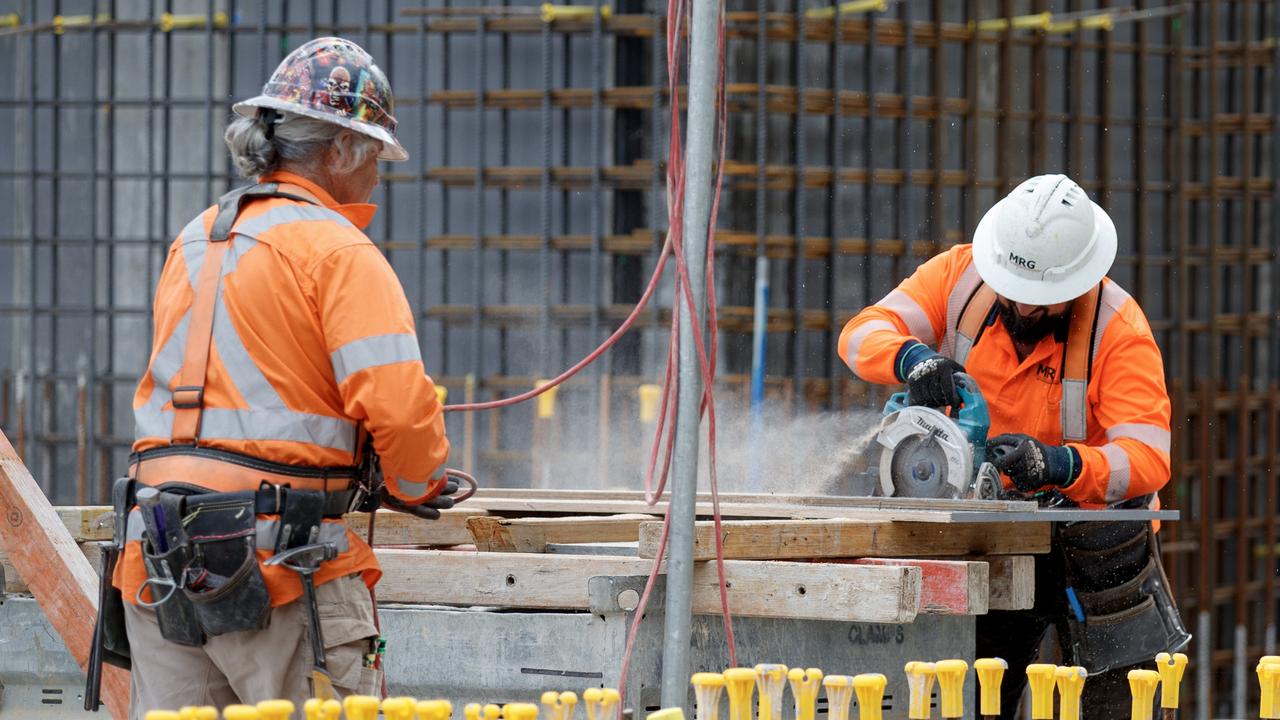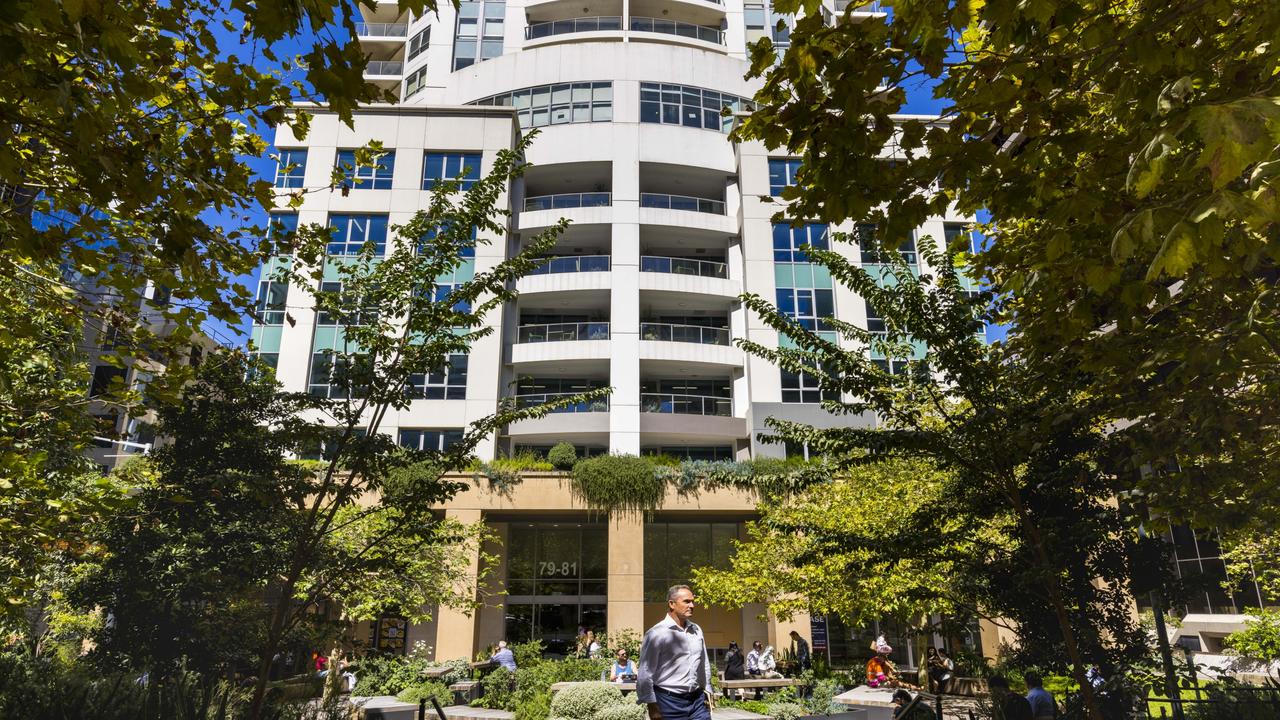Budget call for social housing
One of Australia’s largest social housing providers, Sydney-based St George Community Housing (SGCH), has called on the federal government to boost funding for social housing in the budget.

One of Australia’s largest social housing providers, Sydney-based St George Community Housing (SGCH), has called on the federal government to boost funding for social housing in the budget.
SGCH chairman Annette Gallard told The Australian that social-housing providers had projects in the approval process that could easily be brought forward to create more jobs in the construction industry if they received more funding.
“Social housing is sorely needed,” she said.
“There are more than 140,000 households around Australia on the waiting list for public housing, including about 56,000 in NSW.”
“At SGCH, we’ve got (housing projects involving) 376 units, which are going to be constructed in 2021 and another 153 units in the planning stage,” she said.
“It’s a fantastic pipeline that meets all of the requirements which can be got up fairly quickly and which is what the government is looking for.
“We’ve got a great record in construction as we have already completed 534 units over the past few years.
“With extra money we can do more to meet the growing demand for social and affordable housing.”
Ms Gallard said lifting the cap on government guarantees for borrowing for social housing by the National Housing Finance and Investment Corporation (NHFIC) from the current $2bn to more than $4bn would also be another way for the government to boost spending on social housing projects.
SGCH, which has housing assets in NSW worth more than $1bn, has projects worth $114m in progress that involves more than 1000 jobs.
The organisation was a major beneficiary of the record $562mn social housing bond raising by NHFIC in June, which was three times oversubscribed with investors that included several major industry super funds.
Funds from the June bond raising went to 10 social housing providers around Australia with SGCH receiving $210m over 12-year financing at an interest rate of 2.06 per cent, which will help fund projects such as a 160-unit housing project being built by Lend Lease in the inner city suburb of Redfern, scheduled to be finished next year.
“A recent survey of 49 economists says investment in social housing was their top pick in terms of getting the economy moving,” Ms Gallard said.
“If we could get the cap lifted on the government guarantee for NHFIC’s borrowing it would make fantastic sense.
“If we (SGCH) can get the right financial assistance we can do social and affordable housing.
“We can build vibrant communities with a mix of people and a mix of different types of housing.”
SGCH raises funds from NHFIC as well as banks, private investors such as superannuation funds and family offices to fund the construction of housing for people with low incomes and on Centrelink benefits.
“Build to rent is our business,” she said.
“We are finding there are organisations, such as unions, that have the same goals as us — they ant affordable housing for their workers.
“Industry super funds and family offices (who invest money for wealth families) think this is a very attractive proposition as they are keen to maintain their investments over a long period of time.
“We are well placed to leverage our relationship with existing partners and to work with new partners to create the right social outcome.
“Governments don’t have to do it all on their own,” she said. “Our organisation has grown in sophistication over the years. We can do it with them.”
The government-backed NHFIC, which was set up following an announcement in the 2017-2018 budget, has issued nearly $1.2bn of social bonds since it began fundraising in March 2019.
Now the largest issuer of social bonds in Australia, its triple A borrowing rating has helped it attract funding from institutional investors looking for long-term investments that also meet their environmental, social and governance criteria.
The establishment of the organisation has helped encourage the development of social housing as an investment asset class in Australia for the private sector, particularly superannuation funds.
“We’ve been doing some work with advisers to look at ways to structure investments so they are attractive to institutional investors,” Ms Gallard said.
“We used to go knocking on other people’s doors and say ‘are you interested in this sort of product?’ but now they are coming to us and saying ‘what can you show us?’.
“Not only is there a huge demand for social housing, but we at SGCH are now capable of working with some pretty impressive partners — whether they are investors or developers such as Lend Lease,” she said.
“We are working with people who might not have found us terribly attractive 10 years ago, but the times have changed.”
SGCH has about $450m in debt financing, including $225m from NHFIC and $225m from the Commonwealth Bank.
Previous sources of funding have included Westpac and the federal government’s Clean Energy Finance Corporation.
It is also partnering with a family office on a 180-unit housing project in Sydney for social and affordable housing.
“The partnership has gone on for about three years,” she said.
“It has been subsidised by the NSW government as part of their social and affordable housing fund.
“Some of the units have been completed, the tenants have moved in and they are very happy.”
Ms Gallard said social housing was important for social stability as it gave low-income earners a roof over their head and the ability to make long-term plans about schooling, study and jobs without having to constantly worry about accommodation.
SGCH housing is divided into two segments: social housing for people in Centrelink benefits who pay 25 per cent of their income in rent and affordable housing for people on low incomes who pay 75 per cent of the market rent.
Ms Gallard said SGCH had not yet seen any arrears with their tenants as a result of the economic downturn although there had been an increase in applicants for social housing this year.
“We have yet to see what happens when JobKeeper and JobSeeker wind down,” she said.
“You can only anticipate that, as time goes on, the demand for social and affordable housing will increase.
“That’s why it is so important that we partner with others, hopefully the Commonwealth and state governments, but also institutional investors, who are keen make a contribution to solving the housing problem in Australia.”




To join the conversation, please log in. Don't have an account? Register
Join the conversation, you are commenting as Logout